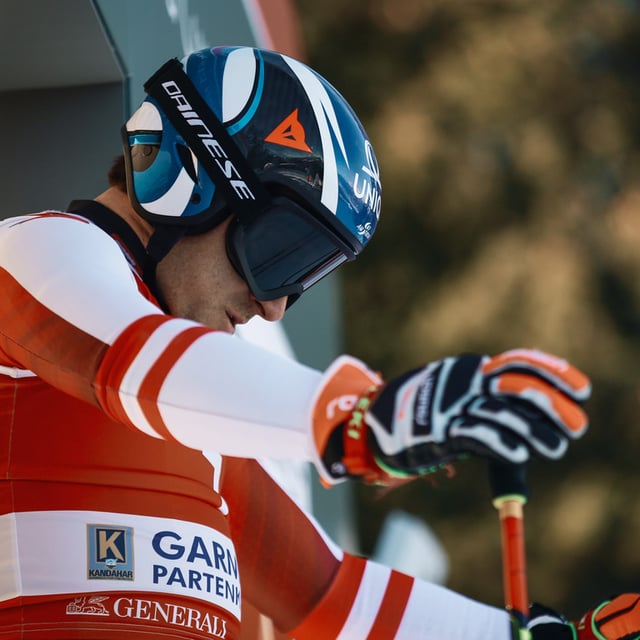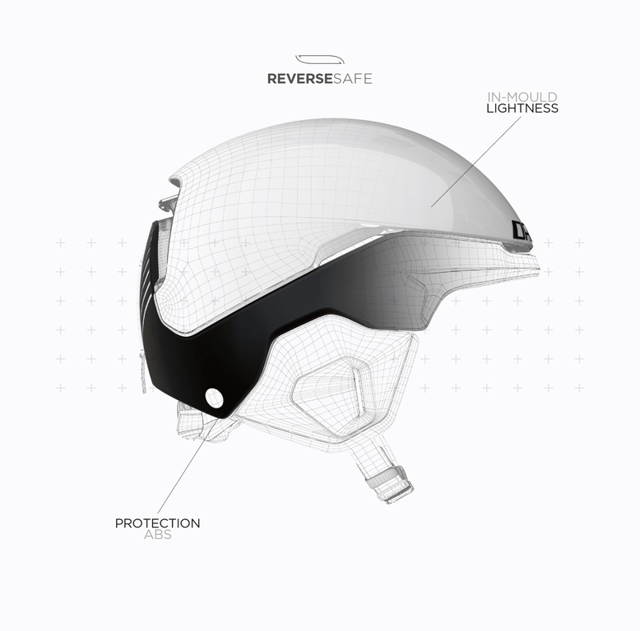Confidence in one's own means is a fundamental factor for any athlete, especially those dealing with extreme conditions, high speeds and forces, all of which put the body to the test.
Whether you are a World Championship or World Cup athlete or the average enthusiast, the helmet is every skier’s most faithful and important companion. This is why Dainese uses the very best materials and the most advanced solutions for its helmets, available in different models to satisfy every need.


GT Carbon WC is the most sophisticated Dainese ski helmet and has been developed thanks to 50 years of experience in MotoGP. This model is worn by World Cup and World Championships athletes and is designed to withstand the most extreme stresses that can be encountered on the slopes. Its shell is created entirely out of carbon fiber, the ultimate helmet material, that boasts high mechanical resistance and has the ability to withstand great strain without breaking. The properties of carbon fiber make it possible to achieve maximum safety with reduced thicknesses, so the weight is kept extremely low.
GT Carbon boasts a clean, aerodynamic design. It has no appendages, as these are not permitted according to international FIS alpine skiing regulations. With no frills weighing it down, this is a purely performance-oriented helmet, its every element designed to achieve the best possible result in the race, without compromise. The closure is micrometric, the safest for this type of use.

.jpg?width=640&name=Mayer_3%20(1).jpg)
GT Carbon complies with the FIS RH 2013 standard, a requirement for use in high level international competition. It is brought to the slopes and the podium every Sunday with athletes of the caliber of Sofia Goggia, Matthias Mayer and Vincent Kriechmayr. In the past it has protected sports legends like Bode Miller, a two-time winner of the Overall World Cup.
Suitable for all skiers, Dainese helmets are the result of experience and technologies developed in the world of competition. One such example is Nucleo, a safe, lightweight helmet to suit all uses on the slopes. Nucleo shares the same concept as GT Carbon, with a focus on safety and weight. It is designed around Armoring®, a one-piece ABS ring that surrounds the garment and protects all those areas most exposed to potential trauma. This allows other areas of the shell to be lighter and more compact, to the advantage of the overall weight. Nucleo integrates the MIPS® system, extremely useful for protecting the skier from the consequences of rotational impacts, the most damaging to the brain according to the most recent sector studies.


The perfect product awaits every skier, whether they are the fastest in the world, competing on World Championships slopes, keen enthusiasts, or are taking to the snow for the first time. Both designed for a specific type of use, GT Carbon WC and Nucleo are cutting-edge products, each made to be safe and light in their own way.